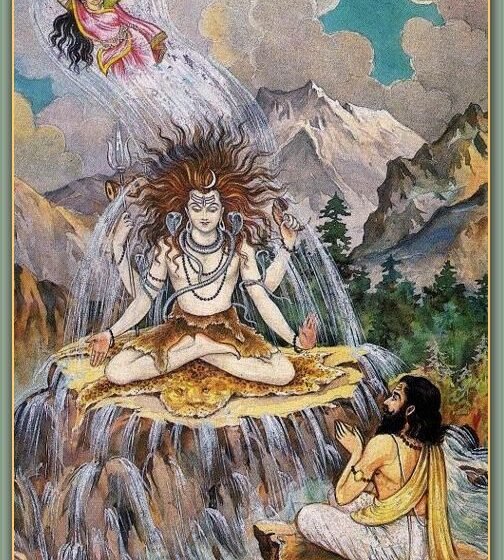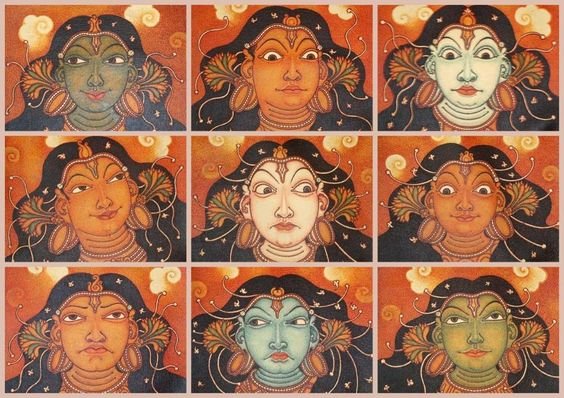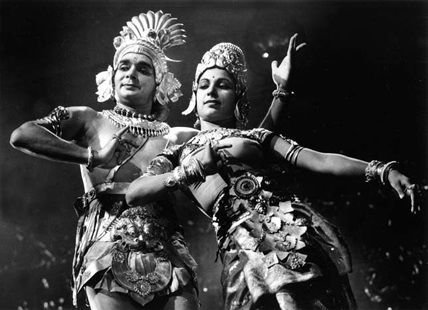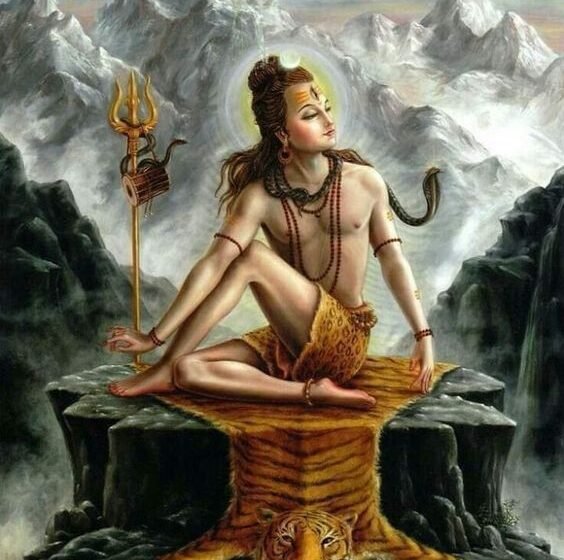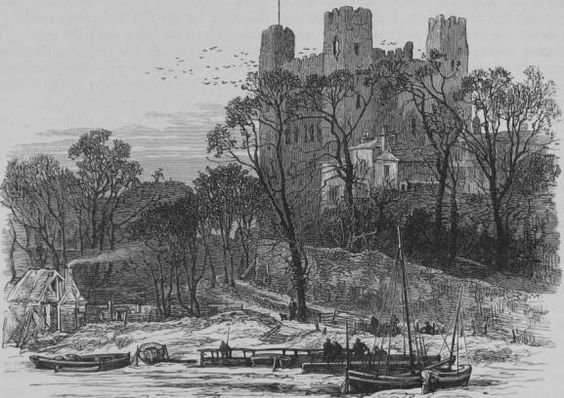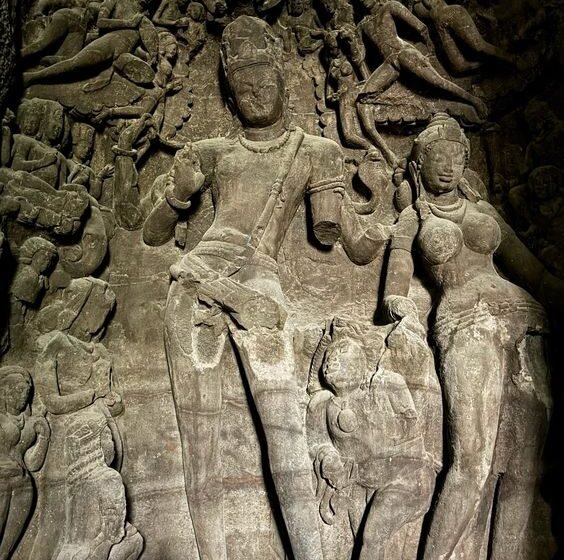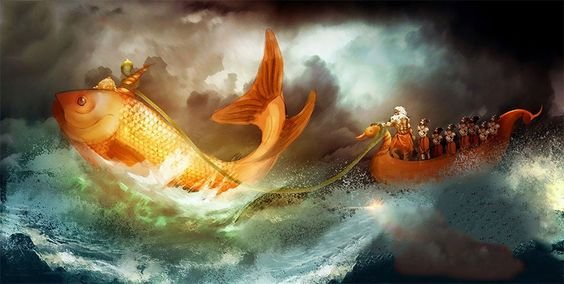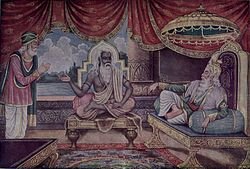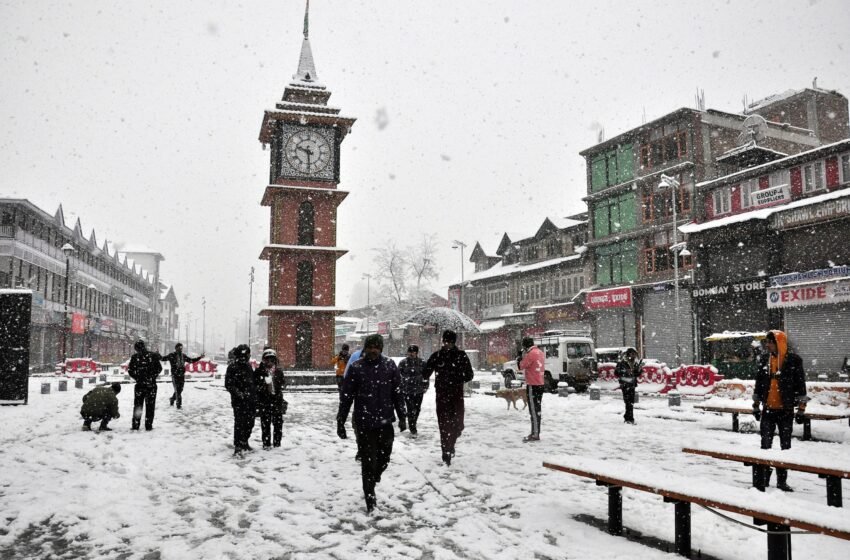Myths, Legends, and Science: Understanding the Significance of the Ganga
The Ganges is known in India as more than just a river; It is the lifeblood of the nation. India and Bangladesh have for centuries been considered natural and divine, spanning 2,525 km, serving as a vital source of water for millions of people The significance of the Ganges goes far beyond its proximity; It […]Read More
